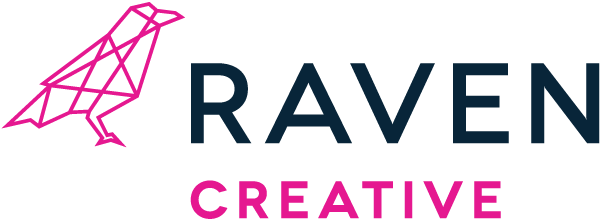Have you ever heard the phrase, “know your audience?” These wise words serve as the foundation for a successful marketing campaign. Identifying and defining a target audience is crucial as it is impossible to reach everyone at once. In the current economy, small businesses can compete with large businesses by marketing to defined audience groups. Focusing on the needs of your current consumer helps your business to develop an effective marketing strategy while saving time and money along the way.
Targeting a specific audience may seem exclusive, but it doesn’t mean that you are eliminating people that do not fit your criteria. Identifying your audience allows your business to focus marketing efforts and dollars on the groups that are most likely to buy from you. That way, you are generating business leads in an efficient, affordable manner.
Here are some tips to help identify your target audience
1. Ask yourself questions
The easiest way to start is some critical thinking about your customer base to help you identify trends and patterns.
- What is your most loved product or service that you offer to customers?
- What type of customer benefits most from your products or services?
- What makes your business unique?
2. Examine your answers
Using answers to the above questions, you can begin identifying your target audience and marketing to them with relevant messaging that defines your company purpose and explains the benefits of your products and services. Once you understand the type of customer that benefits most from your offerings, you can start targeting similar groups.
A few pieces of data to consider are your current customer’s age groups, locations, interests and languages. For example, members of an older generation will probably spend more money on household items than teenagers. Likewise, the demographic of new parents will probably spend more money on diapers than members of the retiree age group.
3. Use social media
Referencing social media can inform the process of defining your audience. Social media analytics tools can help your business better understand what types of people are interacting with your accounts, and whether they are current customers. You can also use social media not just with your own accounts, but to check in on your competition. Looking into how your competition attracts certain markets can be beneficial as your business can then begin to target them as well, when it’s appropriate to do so. You can also review competitor social media accounts to see what type of customer engages with them.
4. Check back in
As with anything in marketing, revisiting your strategy and your target audiences is important as changes occur over time. Once your target customers have been defined, reexamining this audience to stay relevant in your industry and amongst competitors is key to continued sales and positive ROI.





